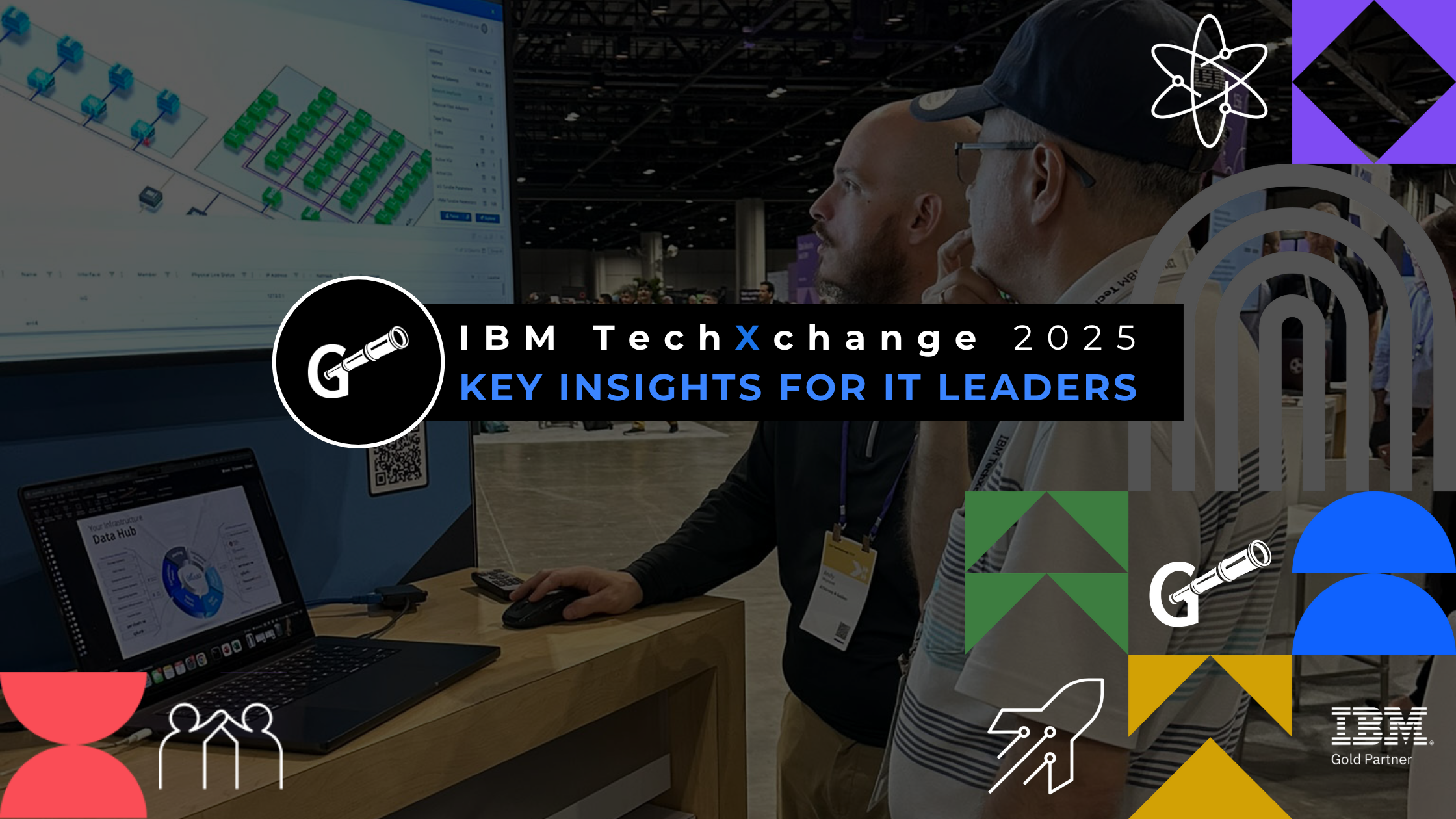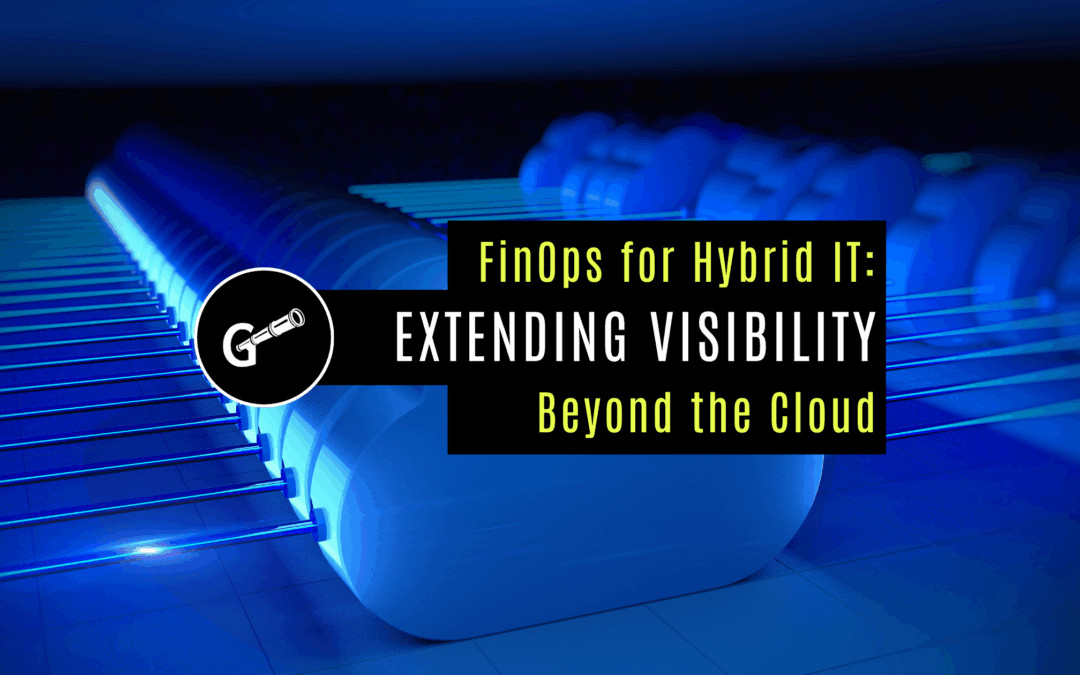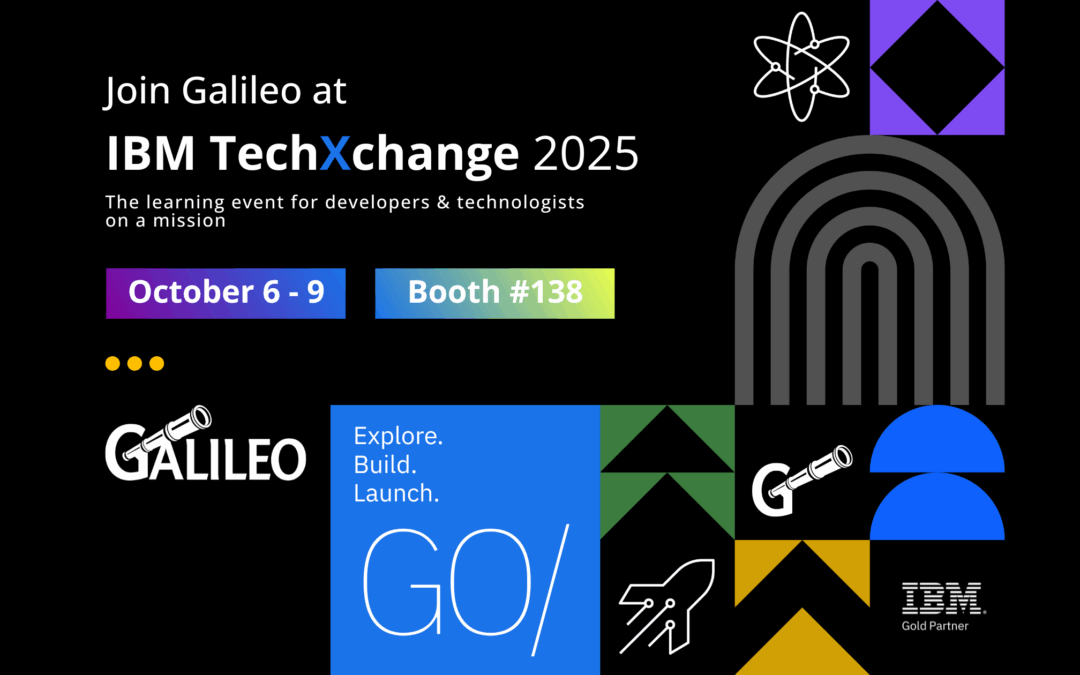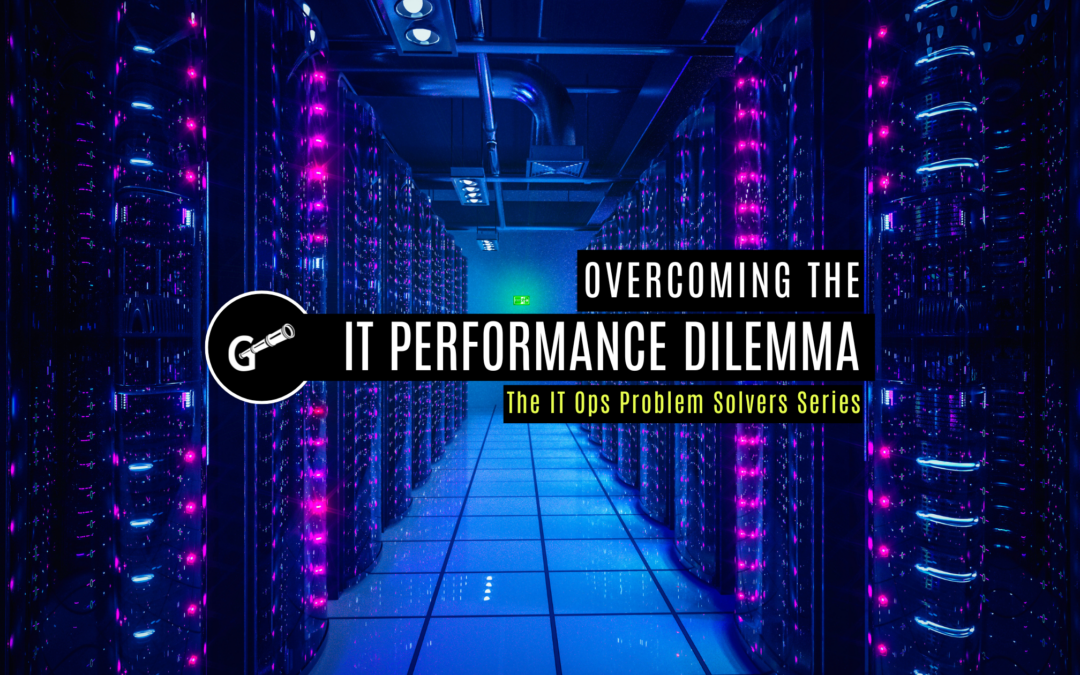This year at IBM TechXchange 2025, we had the privilege of not only attending but also sponsoring the event and hosting a booth in the expansive expo hall. From the moment we arrived, it was clear: IBM’s ecosystem is thriving once again. Between the buzz of innovation, the depth of technical sessions, and the sheer energy of the crowd, TechXchange 2025 stood out as one of the most impactful IBM events in recent memory.
The Expo Hall: A Recharged Ecosystem
The expo hall was massive, a showcase of cutting-edge technology spanning hardware, software, and services. Exhibitors included internal IBM booths and a strong mix of external partners, creating an environment where collaboration and innovation were at the forefront.
At our Galileo booth, traffic was steady from open to close. The conversations were deep, the interest genuine. We engaged with attendees from all over the world, particularly from South America, where there is clearly growing enthusiasm around monitoring, observability, and integration solutions. It’s an emerging market with enormous potential, and the level of engagement we observed reinforces that momentum.
Our Peer Group of Sponsors
Among the key sponsors — Broadcom, TD SYNNEX, Arrow, AWS, Box, Cockroach Labs, Brocade, Cisco, CrossVista, Deister Software, Galileo, Index Engines, Ingram Micro, Intel, Juniper, Meshiq, Motio, Omniecs, Persistent, 21CS, AAdvantage Business, BMC, Dell, and NVIDIA — the diversity impressed.
Breaking down the mix:
- About 30% were from hardware and semiconductor infrastructure, including industry giants like Broadcom, Intel, NVIDIA, Dell, and Cisco.
- Around 35% represented distribution and channel services, such as TD SYNNEX, Arrow, and Ingram Micro — key players keeping the global IT supply chain running.
- Roughly 25% came from software, cloud, and data platforms, including AWS, Box, Cockroach Labs, and Persistent.
- The remaining ~10% were focused on monitoring, observability, and IT service management — and that’s where Galileo stood apart.
While companies like BMC and 21CS touch adjacent areas of IT operations, Galileo was one of the only true observability-focused sponsors at TechXchange 2025. We proudly represented the monitoring and analytics side of the IBM ecosystem, demonstrating how Galileo Active Monitor unifies infrastructure visibility across IBM POWER, AIX, Linux, and hybrid environments.
It became clear that our solution fills a vital gap, bridging modern observability principles with IBM’s enterprise-grade systems. The steady flow of traffic to our booth confirmed that performance insight and integration remain high priorities for IBM customers and partners alike.
Conference & Education: IBM’s Spark Is Back
Heading into TechXchange 2025, I’ll admit…I had modest expectations. IBM’s pace over the last few years had seemed slower, and I wasn’t sure what to expect. But from the moment I stepped into the conference, it was obvious: IBM is back in full stride.
The sessions were packed, the technical depth strong, and the enthusiasm unmistakable. The energy in the atmosphere was tangible: IBM had rediscovered its spark, blending decades of enterprise trust with a bold, forward-looking energy anchored in AI, quantum, open source, and hybrid infrastructure.
As someone deeply rooted in IBM POWER Systems, it was refreshing to see how seamlessly POWER now fits into IBM’s broader hybrid-cloud strategy. Rather than feeling legacy, it felt foundational. The future is open, integrated, and hybrid, and Galileo is right in the center of that transformation, providing the visibility enterprises need to make it all work together.
Key Takeaways from TechXchange 2025
All of this — the energized ecosystem, the partner momentum, the hybrid message, the observability conversations — points to a much larger opportunity for IT teams who may not have been able to attend. If you were absent, here are three strategic takeaways from TechXchange 2025 that you can act on today.
1) Agentic AI is moving from pilot to practice
What we saw: Hands-on labs and sessions focused on agentic AI (systems that can observe, reason, and act) built on platforms like watsonx. AI agents are no longer theoretical; they’re being woven into enterprise workflows for operations, security, and IT automation.
Why it matters: Traditional event-and-alert monitoring can’t keep up with today’s scale or complexity. Teams need data correlation and intelligent automation to make faster, informed decisions.
What to do next:
- Identify repetitive incident classes where data correlation could speed resolution.
- Map where AI-driven analysis could enhance root-cause visibility or trigger remediation.
- Begin capturing the structured, historical data these models rely on.
How Galileo fits: Galileo’s long-term data retention and unified visibility across Power®, AIX®, Linux, and hybrid environments lay the foundation for intelligent, agent-driven workflows.
2) Power, mainframe, and hybrid are foundations, not exceptions
What we saw: At TechXchange, tracks emphasized hybrid integration, modernization, and security, with Power and mainframe systems included alongside cloud platforms. The message: legacy systems are not a burden; they are core infrastructure in the hybrid era.
Why it matters: Many organizations still treat their core systems in isolation, which limits visibility, slows modernization, and hides optimization opportunities.
What to do next:
- Inventory platforms outside your current observability scope.
- Standardize metrics and reporting across on-premise and cloud environments.
- Include mainframe and Power workloads in capacity and performance planning.
How Galileo fits: Galileo unifies telemetry across Power, AIX, Linux, and cloud environments, preserving complete historical data for long-term analysis and planning.
3) Ecosystem momentum is real, and observability is a differentiator
What we saw: The expo hall was bustling, sessions were full, and partner collaboration was front and center. Yet among the many sponsors, few focused exclusively on observability. The strong traffic at the Galileo booth confirmed an underserved area.
Why it matters: Observability is no longer optional. It’s a critical enabler for modernization, cost optimization, and managing risk. Organizations that master it gain an operational advantage.
What to do next:
- Identify one visibility gap to close in the next 90 days.
- Revisit your dashboards and alerts; ensure they support quick, data-driven decisions.
- Leverage historical data to shift from reactive troubleshooting to proactive optimization.
How Galileo fits: Galileo’s unified observability model lets IT teams see everything across hybrid environments, connect the dots faster, and make smarter decisions.
Final Thoughts
IBM TechXchange 2025 wasn’t just a vendor event; it was a statement. It signaled that IBM’s partner ecosystem is vibrant, diverse, and moving forward together. For observability, the message is clear: the gap is real, global, and urgent. The next chapter of enterprise infrastructure demands unified visibility, AI-driven insight, and hybrid readiness.
Whether you attended or not, the time to act is now. Review how your infrastructure, monitoring, and data strategy align with these trends.

And if you’d like a demonstration of Galileo in action, to see what unified observability really looks like, we’re ready when you are. Schedule a demo →




